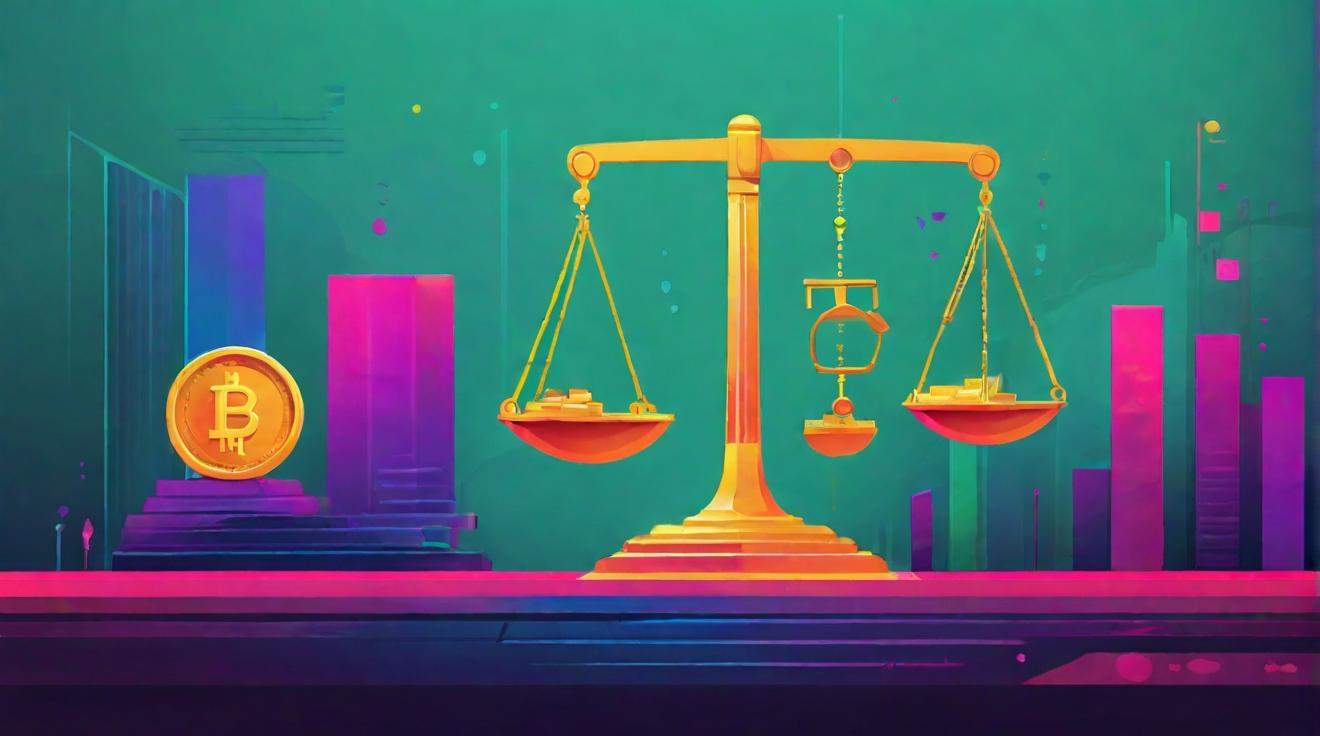The Federal Reserve Faces Pressure Over Delaying Interest Rate Cuts
The Federal Reserve, led by Chair Jerome Powell, has come under scrutiny for its hesitancy in cutting interest rates, with some arguing that it is risking a hard landing for the U.S. economy. Critics claim that high interest rates make housing less affordable, hamper clean-energy investments, and strain household balance sheets. Rakeen Mabud, chief economist at the Groundwork Collaborative, has called for immediate rate cuts, a sentiment shared by others.
However, the evidence suggests that the Fed’s patience in delaying rate cuts is justified. Recent job reports indicate a robust labor market, with no need for lower rates to stimulate employment. Inflation has cooled in the past 18 months, but not enough to indicate sustained price growth towards the Fed’s target of 2% annual rate. Fed officials, including Powell, are cautious about prematurely easing monetary conditions.
Powell has made it clear that a rate cut in March is unlikely unless there is an economic shock. Other Fed officials have warned against premature easing, citing the risk of reigniting inflation or stalling progress in taming price growth. They argue that patience is necessary to build confidence that inflation won’t resurface. Disruptive shocks can have lasting consequences, and the current robust demand and strong labor market provide the Fed with time to wait and observe.
Financial markets have been eager for rate cuts since Powell signaled the end of the hiking regime. However, the Fed’s preferred inflation gauge and other factors suggest otherwise. Despite calls for rate cuts, the current federal funds target rate of 5.25%-5.50% is viewed as high only in comparison to rates post-2008-09 financial crisis. Economic data, such as the strong labor market and the persistence of pricing pressures in the services sector, support the Fed’s patient approach.
While some lower-income and younger Americans may feel the impact of higher rates, the aggregate consumer spending remains strong. Though the savings rate is below pre-pandemic levels, this is not an indicator that a rate cut is immediately necessary. Credit-card balances and delinquencies are not yet at troubling levels, and household income has increased significantly since 2008, indicating less leverage.
Despite concerns over affordability, the housing sector has remained resilient due to low inventory. Monetary policy, although currently restrictive, should be maintained until there is convincing evidence that inflation is on a durable path towards the Fed’s target. Strong economic reports have given the Fed flexibility to wait for such data before considering rate cuts. Megan Leonhardt, Barron’s.
Analyst comment
Neutral news. The article presents arguments for and against the Federal Reserve cutting interest rates. The analyst expects the market to continue to wait for convincing data on inflation before any rate cuts are implemented, which suggests a cautious approach from the Fed.













